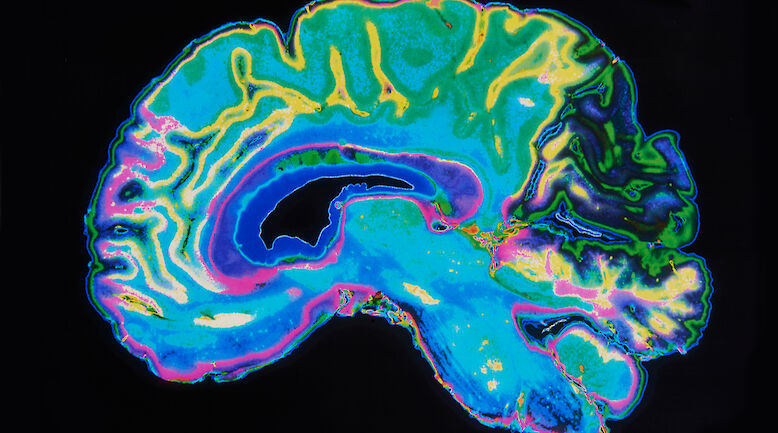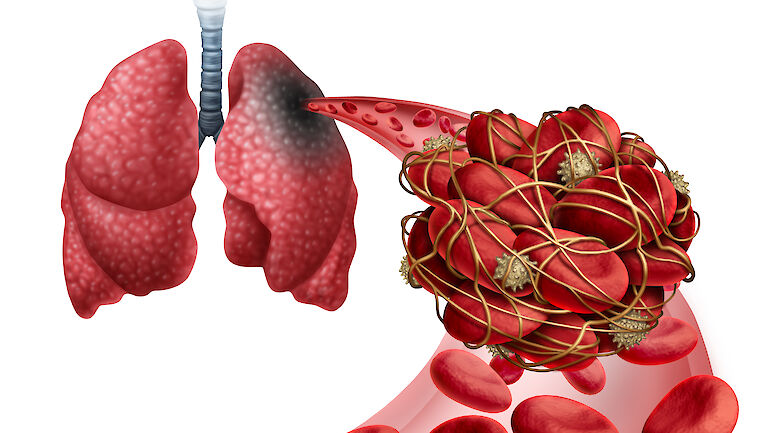English summary: Trends in invasive treatment of coronary artery disease in Finland 1994-2011

Background
Treatment of acute coronary syndromes (ACS) has changed dramatically during the past twenty years, and new guidelines recommend invasive treatment - bypass operations (CABG) and, especially, percutaneous coronary interventions (PCI). The information on adherence to the guidelines is, however, not readily available. The Finnish Hospital Discharge Register (HDR) covers the whole country and includes information on diagnoses and revascularization procedures. Thus, it is possible to use the HDR to assess the treatment and trends in treatment of ACS. The prerequisite for this is that the data included in the HDR are complete and reliable.
Methods
The coverage and data accuracy of the HDR were assessed using three independent data sources: the register on procedures kept by the Finnish Cardiac Society (FCS); the FINRISKI survey which records questionnaire data on revascularizations in survey participants; and the FINAMI myocardial infarction register which collects data on ACS patients. The HDR also includes a separate page designed for more detailed data collection on invasive cardiac procedures.
Results
The coverage of revascularization procedures is good. There were more CABG procedures recorded in the HDR than in the FCS register, and about 95% of CABG procedures recorded in FINRISK questionnaire and FINAMI register were also registered in the HDR. Somewhat fewer PCI procedures were registered in the HDR compared to the other data sources. The differences were mainly explained by different registration procedures. The additional page on invasive cardiac procedures was, however, missing in a little over 10% of cases.
The number of PCI procedures increased fivefold during the follow-up time from 1994 to 2011; at the same time the number of CABG procedures halved.
Conclusions
A marked change was observed in the treatment of ACS during the follow-up. PCI has become the main treatment procedure, in line with the guidelines. At the same time, CVD mortality and case fatality of ACS have decreased, which indicates that revascularization is effective. Our study shows that the Finnish HDR is reliable and can be used to assess treatment trends in ACS.












